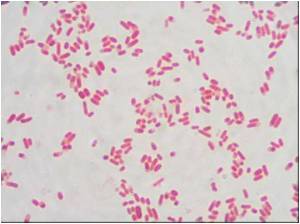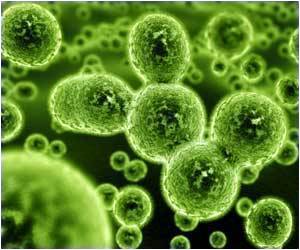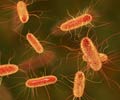An E.coli strain blamed for killing dozens of people in Germany is found to be a genetic mix and its ability to stick to the intestinal walls may have made it so lethal, says study.

Its genes for virulence come from two strains that have combined, they said.
One strain, called enterohaemorragic E. coli (EHEC), releases poisons called Shiga toxins.
The other, called enteroaggregative E. coli (EAEC), adheres in a "stacked brick" fashion to epithelial cells which constitute the intestinal lining.
Sequencing by gene labs in the United States and China last month also spoke of a hybrid EHEC-EAEC strain.
The new study, delving into a catalogue of bacteria, said the mix had been around, albeit in a rare form, for a decade.
Advertisement
The germ was resistant to all penicillins and cephalosporins, but susceptible to carbapenems.
Advertisement
Nearly a quarter of those infected in the outbreak have developed haemolytic uraemic syndrome (HUS), which includes kidney impairment, a breakdown of red blood cells and lack of blood-clotting components called platelets.
"The enhanced adherence of this strain to intestinal epithelial cells might facilitate systemic absorption of Shiga toxin and could explain the high frequency of progression to HUS," the study suggested.
"Antibiotic resistance might also play a part if beta-lactam drugs used to treat the infection suppressed competing microbiota."
As of June 20, there had been 39 recorded deaths, 810 cases of HUS and 2,684 non-HUS cases, entailing bloody diarrhoea, the paper said.
By comparison, most people with just EHEC infection recover completely, and usually fewer than 10 percent of them develop serious complications, including HUS.
Karch's team analysed the DNA from stool samples found in 80 patients with HUS that were submitted to the lab in Muenster between May 23 and June 2.
All of these samples were "clones," or copies, of the HUSEC041, an E. coli strain identified in 2001 in a child with HUS.
Source-AFP









